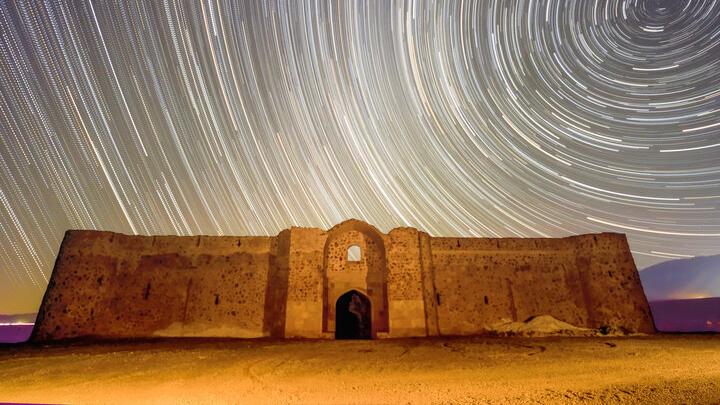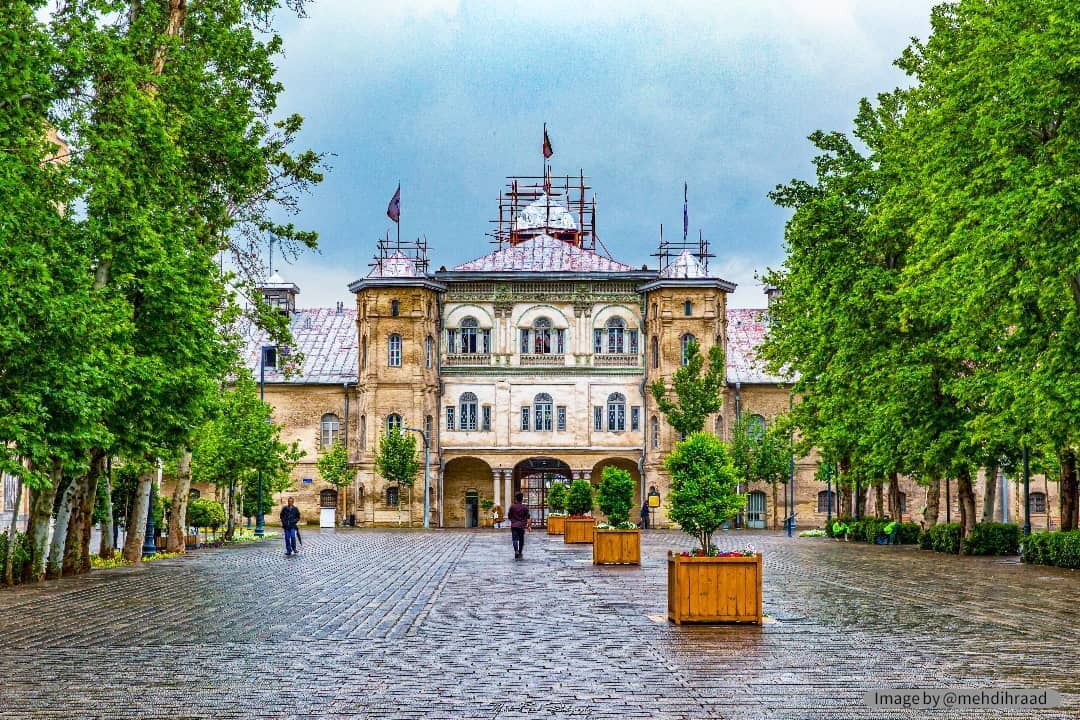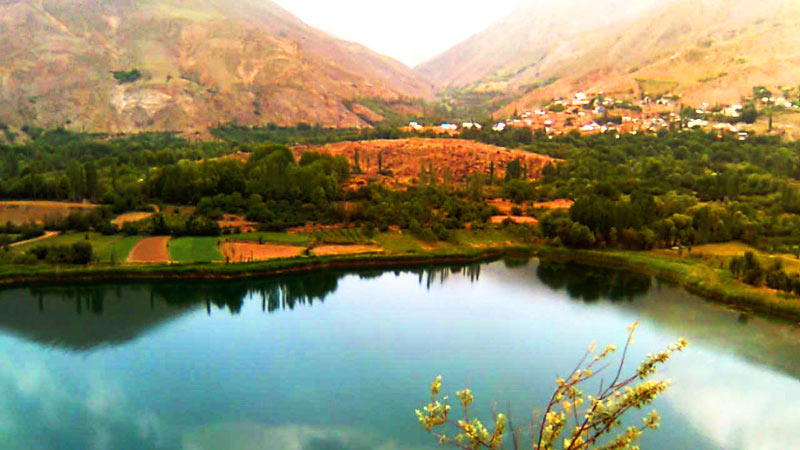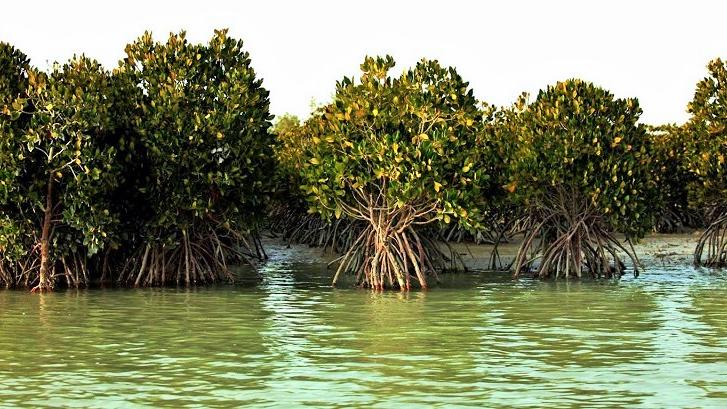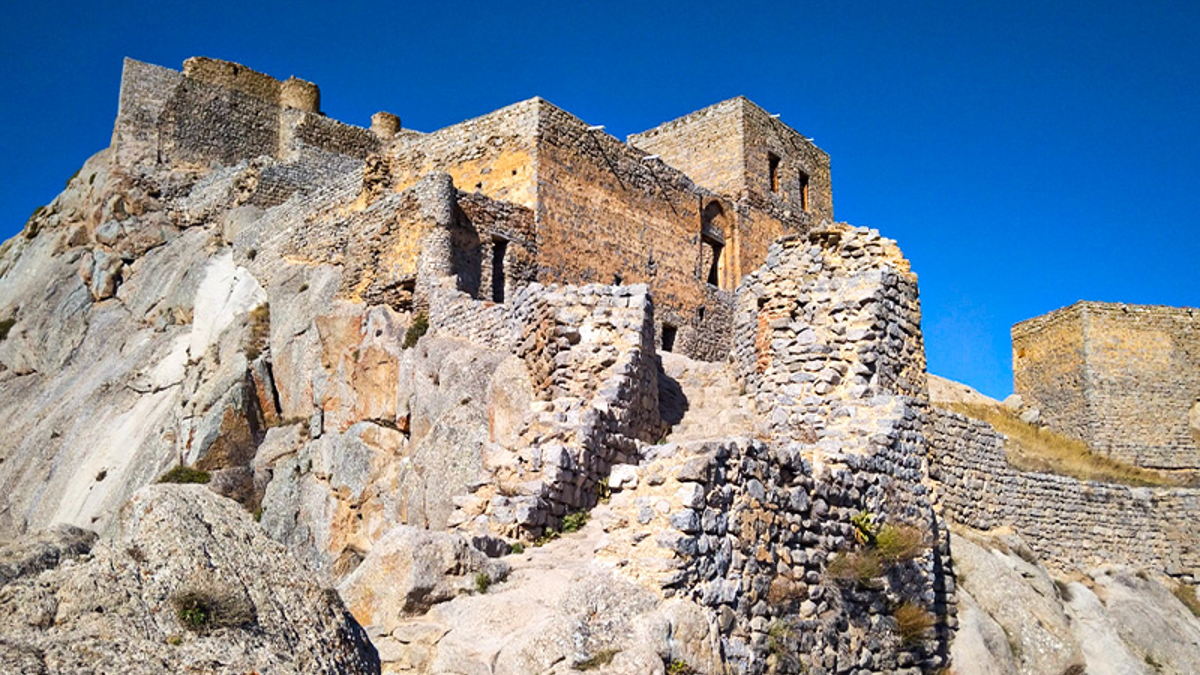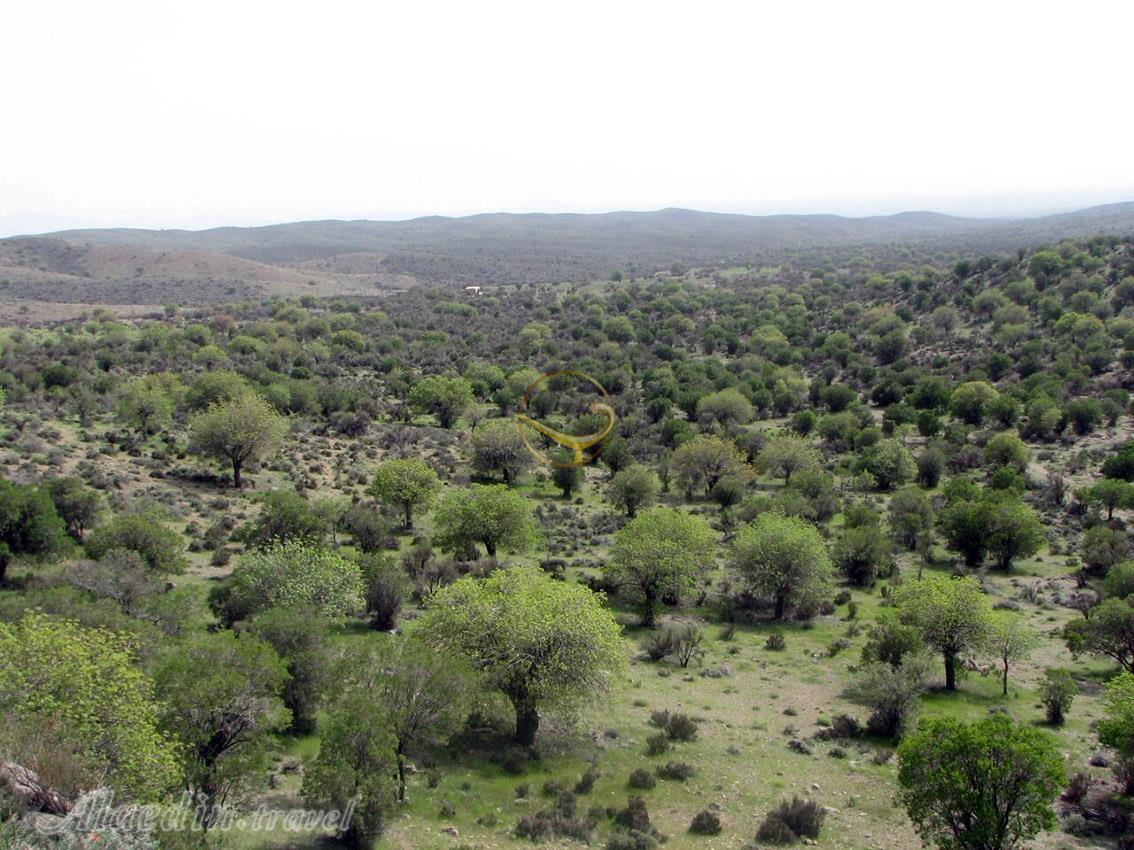Archaeological Landscape of Fars and Its Three Historic Regions
The archaeological landscape of Fars is a UNESCO World Heritage site and includes eight archaeological sites and three ancient regions: Firozabad, Bishapur, and Saravestan.
Located in the southwestern part of Fars Province, this area is one of the most historically significant regions in Iran. Before the advent of Islam in Iran, Fars was home to several powerful dynasties, including the Elamites (3200 to 2700 BCE), Parthians (247 to 224 BCE), Achaemenids (550 to 330 BCE), and Sassanids (224 BCE to 642 CE). The city of Shiraz, which is the capital of Fars today, played an essential role in the history of these dynasties. However, other cities in Fars Province also hold significant archaeological sites that reflect the legacy of these ancient civilizations. This landscape offers a window into the complex and diverse history of one of the most influential regions in ancient Persia, preserving the remnants of various empires that shaped the region's cultural and political development.
Archaeological Landscape of Fars: The 400-Year Capitals
For about 400 years, Fars Province served as the capital of the Sassanid Empire, and it is home to some of the most magnificent remnants of this era. The region contains 30 historical rock reliefs and the remains of ancient roads dating back to the Sassanid period, showcasing the grandeur of this ancient empire. Over 3,000 valuable artifacts have been discovered in the region, belonging to its various historical sites.
Among these archaeological sites, Bishapur, Firozabad, and Sarvestan are the most famous. These three cities, along with Fasa and Darab, formed a strategic route during the Sassanid period, which was a key passage for caravanserais, military movements, and the movement of government officials.
- Bishapur is located 60 kilometers northwest of Firozabad.
- Sarvestan lies to the northwest of Firozabad and east of Fasa.
These cities were central to the Sassanid trade routes and played an essential role in the empire's administrative, military, and cultural exchanges.
Bishapur
Kazerun is the closest modern city to Bishapur. The city was founded by Shapur I (ruling from 240 to 270 CE), who ordered its construction in a pleasant, temperate region with the help of Roman captives. Due to the involvement of the Romans in its construction, certain architectural features of Bishapur bear resemblance to Roman designs.
Among the notable remains from this historical city are the Mosaic Iwan, the Anahita Temple, the Royal Palace, the Audience Hall, bathhouses, and a caravanserai. Another key site near the ancient city of Bishapur is the Shapur Cave, which houses the massive statue of Shapur. This cave and the statue are significant historical and cultural landmarks that highlight the power and achievements of the Sassanid era.
Firozabad
Firozabad was the first capital of the Sassanid Empire. Located 110 kilometers from Shiraz, this archaeological landscape is home to some of the most significant structures from the Sassanid period. The most prominent of these is the Palace of Ardeshir Babakan. This palace features interconnected halls, and its plasterwork in certain sections remains remarkably intact after 18 centuries. One of the most unique features of the palace is its four dome-shaped buildings.
In addition to the palace, other important sites in the area include the Qaleh Dokhtar (Maiden Castle), located 6 kilometers north of Firozabad, the ancient city of Gor, an observatory, and the rock relief of the four princes. These sites offer a fascinating glimpse into the early Sassanid period and are integral to understanding the region's historical and cultural significance.
Sarvestan
In the ancient city of Sarvestan, there are several significant historical sites, including the Sassanid Palace, the Zoroastrian Castle, the Barzo Castle, the Tomb of Sheikh Yousef Sarvestan, and several ancient inscriptions. These sites make Sarvestan one of the most valuable regions in the archaeological landscape of Fars. The Sassanid Palace of Sarvestan is one of the notable remnants of the Sassanid period. It is believed that the palace was used as a hunting lodge for royalty. The palace features several iwan-style porticos and a central hall, with the dome construction being one of the most iconic aspects of Sassanid architecture. This palace is located 9 kilometers south of Sarvestan and covers an area of approximately 25 hectares. The primary building materials are stone and plaster, typical of Sassanid-era construction. The palace measures 13 meters in length and 18 meters in width, and its architectural style bears a striking resemblance to the Firozabad Palace, though on a smaller scale. This palace stands as a testament to the architectural ingenuity of the Sassanid period.
The Importance of the Archaeological Landscape of Fars
The region's significance is clearly demonstrated by the presence of eight iconic architectural sites, two ancient cities, eight rock reliefs, one castle, and two palaces, each of which has been the subject of numerous archaeological excavations. These factors alone underscore the importance of the area. In Firozabad County in Fars, five historical sites have been inscribed as UNESCO World Heritage sites: Qaleh Dokhtar (Maiden Castle), Coronation Relief of Shapur I and the Mehrnarseh Bridge, Victory Relief of Shapur I, Palace of Ardashir Babakan, and the Ancient City of Gor.
The Ancient City of Gor is especially notable for its circular design, making it one of the most unique ancient cities in Iran. Additionally, the Palace of Ardashir Babakan, which was founded in the 3rd century CE, has sparked debate among archaeologists. Some believe that the palace was not a royal residence, but rather a site used for conducting Zoroastrian religious ceremonies. These sites highlight the region's exceptional role in both ancient Persian culture and the architectural legacy of the Sassanid Empire.

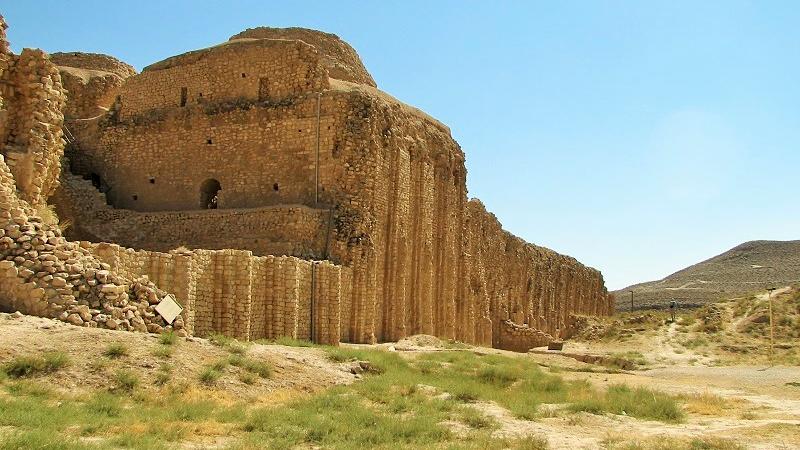
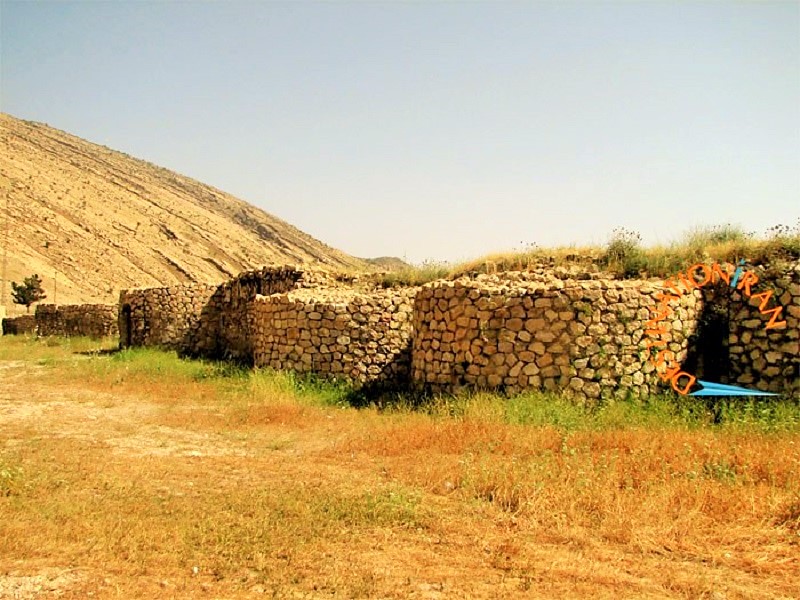
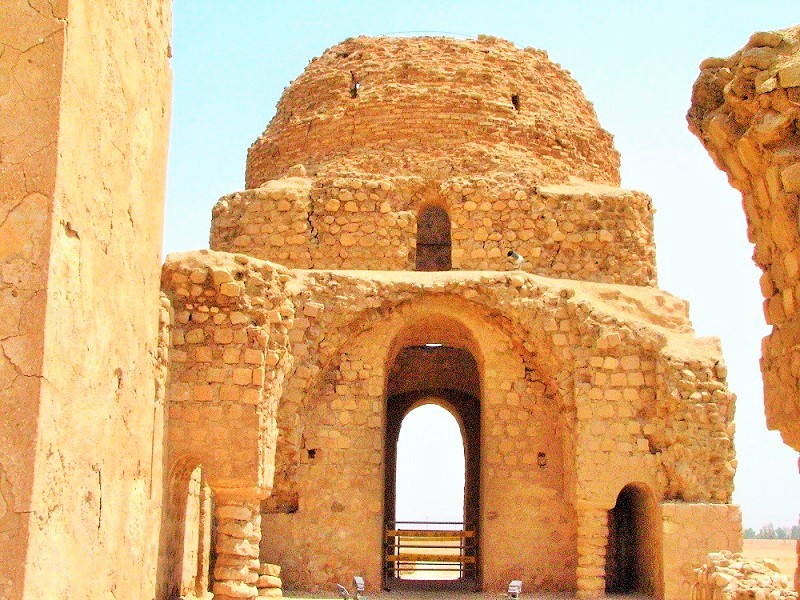
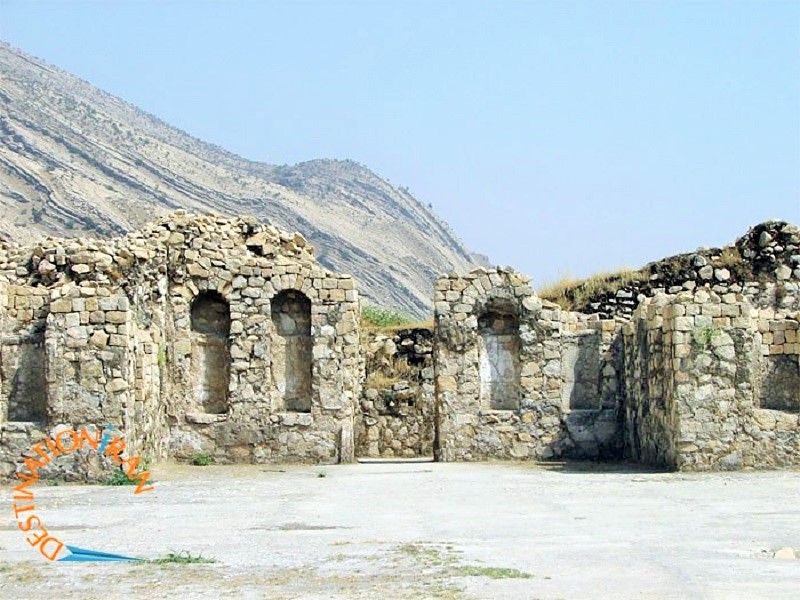





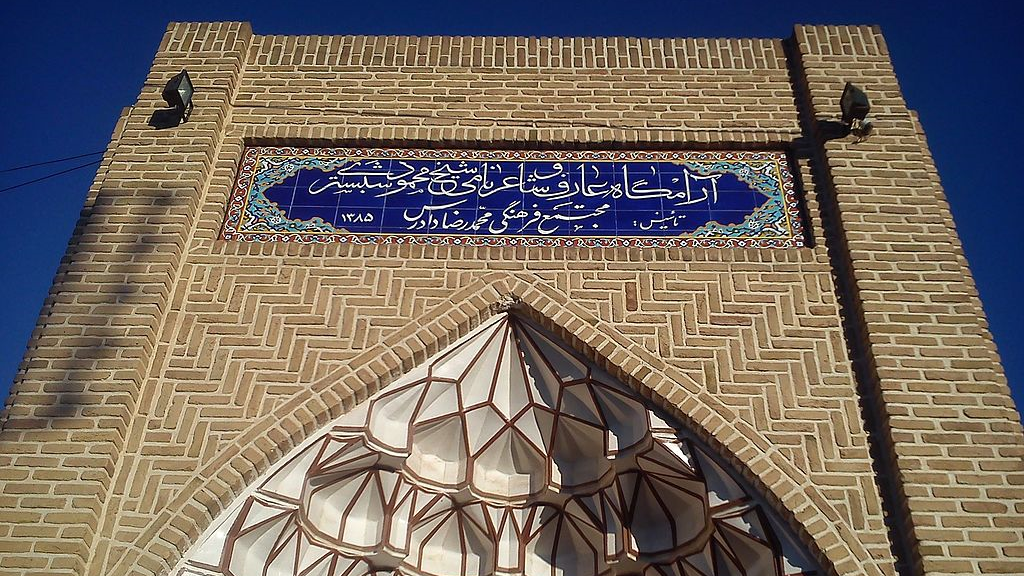
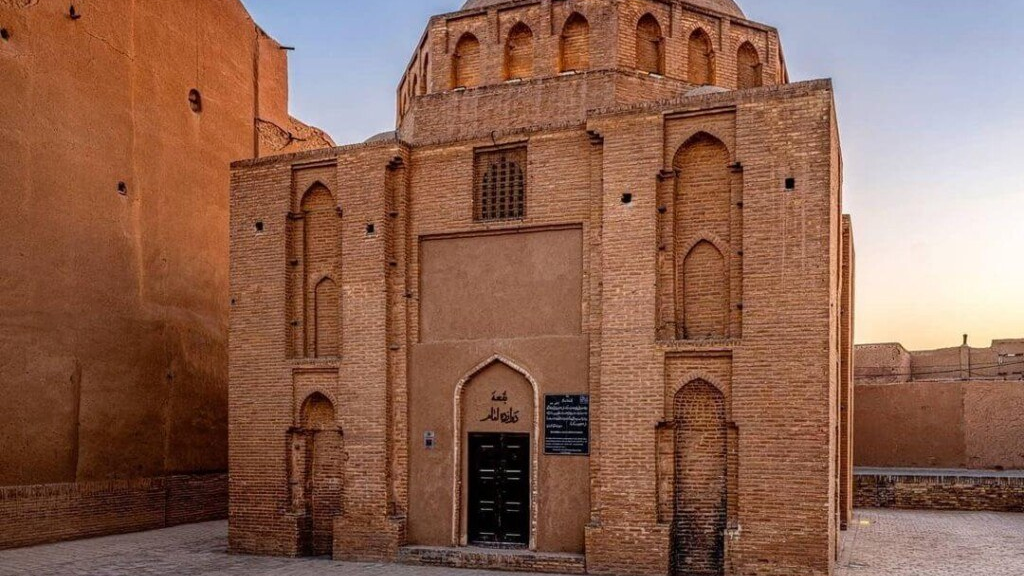
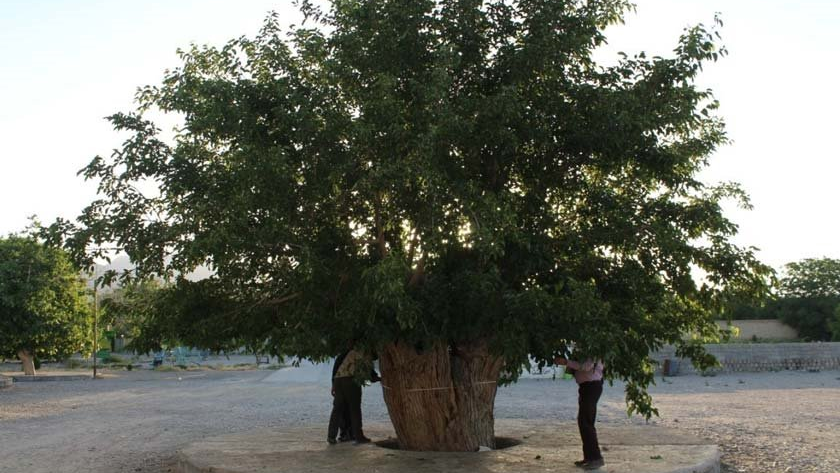
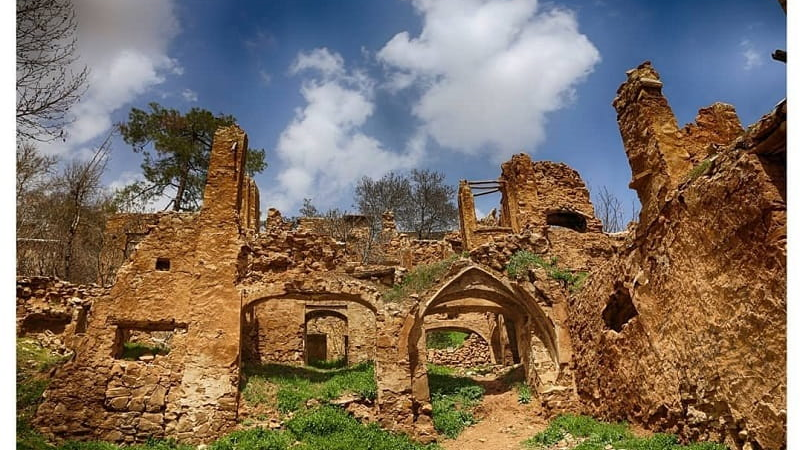
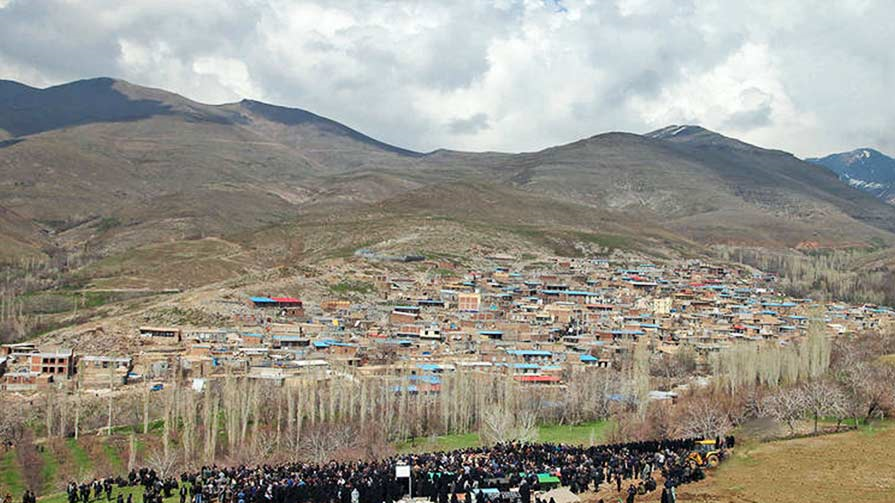
.jpeg)
_crop_3.jpg)
